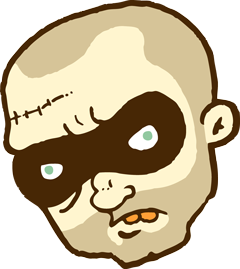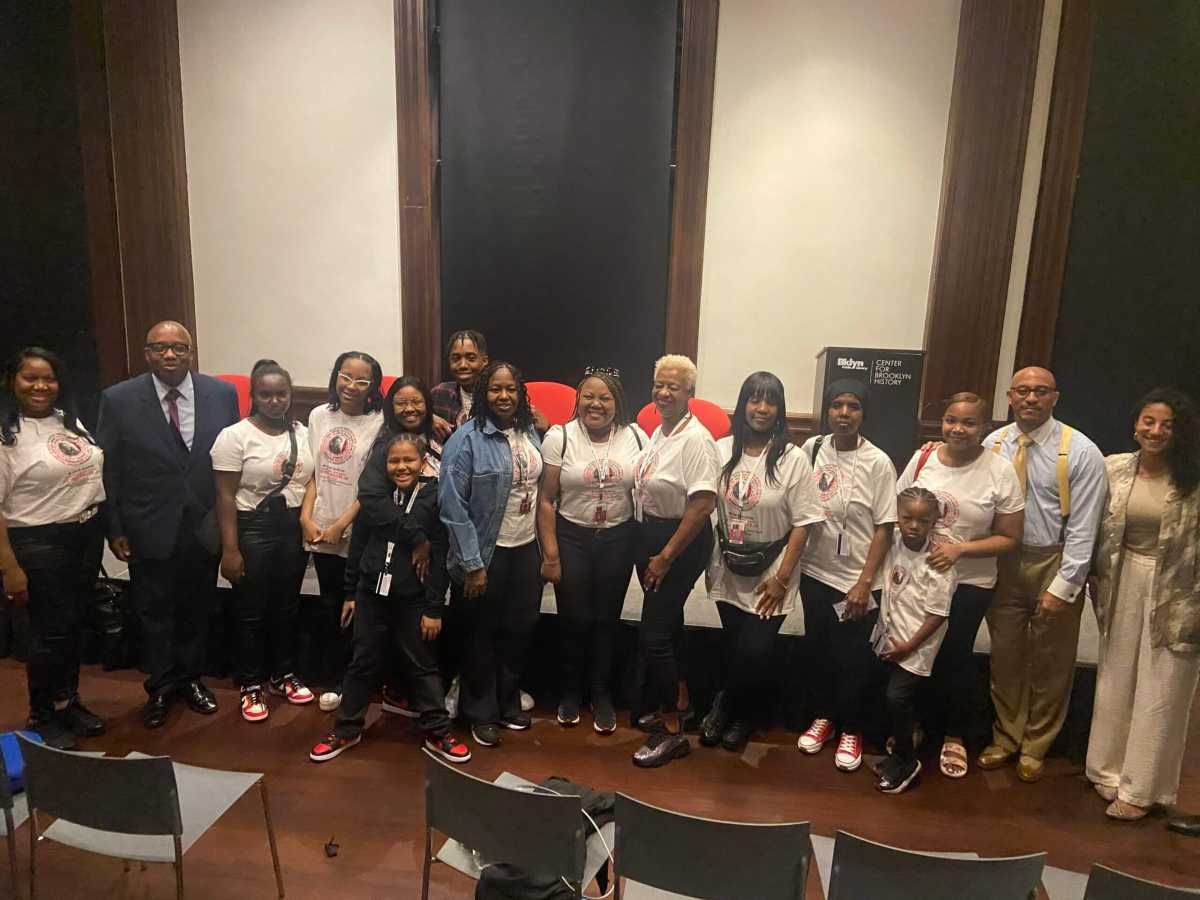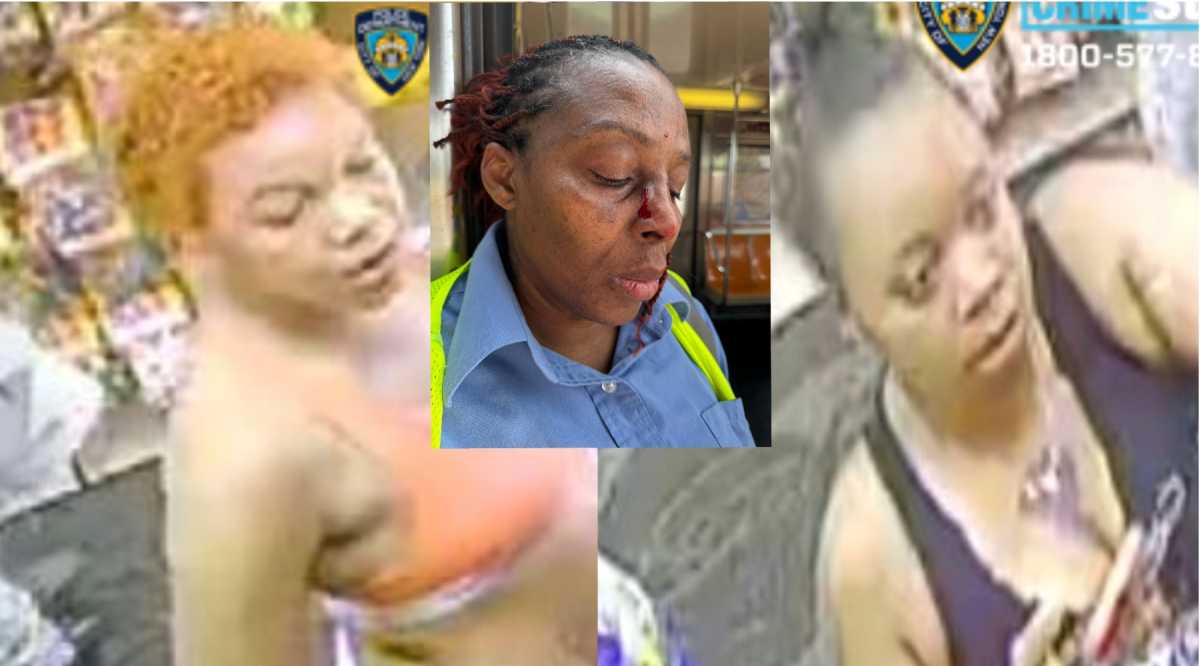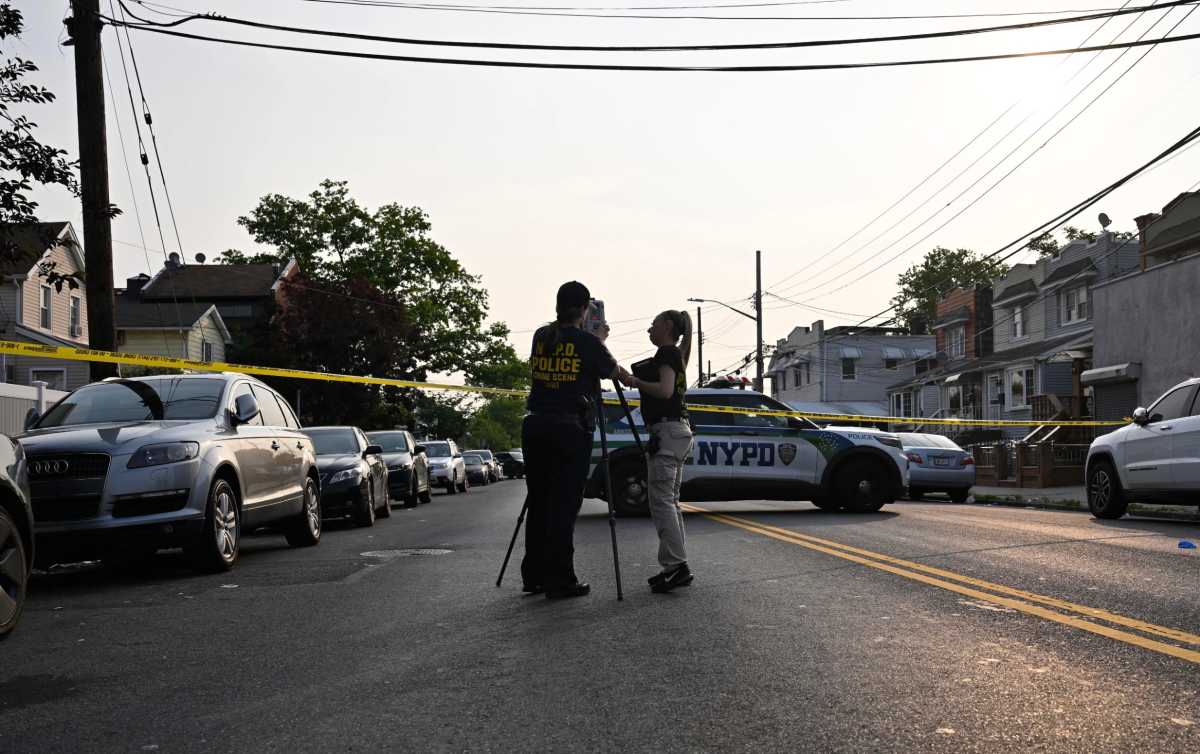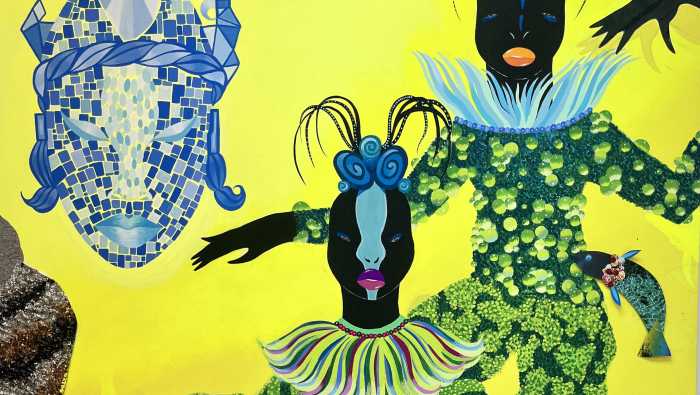Arthur Miller, a beloved father and local business owner, who was known as a staple in his community, was choked to death by several NYPD officers on June 14, 1978.
His death 45 years ago sparked protests and social movements around New York City, similar to those that followed other police killings, such as the death of George Floyd at the hands of Minneapolis officers in 2020.
Yet, despite the eerie similarities between Miller’s and Floyd’s tragic and horrific deaths, Miller’s name has remained in relative obscurity, with only newspaper clippings from the time and the memories of those who knew him uplifting his legacy.
But, the Center for Brooklyn History (CBH) has stepped in to amplify the life and memory of Miller and held a special event, Say His Name, Arthur Miller: A Death by Police Chokehold 45 Years Ago on Thursday featuring speakers the Reverend Herbert Daughtry, Paul Butler, Elizabeth Hinton and Hasan Kwame Jeffries.
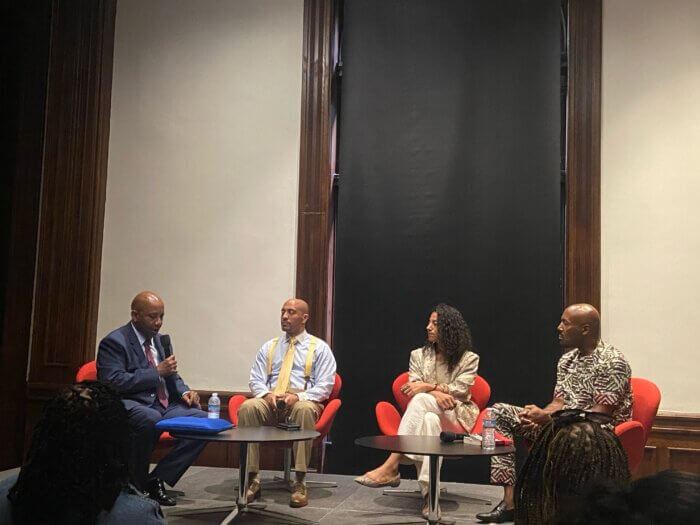
Miller was born in the Bahamas and was the eldest child of 11 siblings. His family moved to Crown Heights when he was a teenager, with Miller stepping up to help raise his siblings and aid his parents.
By all accounts Miller did not just survive in America but thrived; becoming a successful entrepreneur with multiple business ventures, an incredibly active and supportive community member in Crown Heights but most importantly a cherished husband and father to four children.
“He was the best father a little girl could have and he just loved us so much,” his youngest daughter LoLisa Miller-Bradford said to Brooklyn Paper on Wednesday. “We did everything together, like we would have breakfast together every morning as a family, we’d have family dinner and then after dinner we would get in our bath and then we would watch television, we would go on weekend trips, I remember he took me to my first opera. It was just so phenomenal what we were exposed to.”
One memory in particular stands out to Miller-Bradford; the day her father finally was able to purchase a dime store on Nostrand Avenue.
“He said ‘We got it, we got the store!’, and you know they [Miller and wife Florence] were hugging and he was so happy,” said Miller-Bradford. “And then he said ‘Guess what I’m going to name it?’ And then he had – oh my god I could see his smile right now. And he said ‘It’s gonna be LoLisa’s VIP’, and I said ‘Daddy what is VIP?’ because I was a little girl and I didn’t know what that meant and he told me it meant ‘very important person’ because I was a very important person.”
It was from this store that on June 14, 1978, Miller saw his brother Sam Miller being harassed by NYPD officers while driving one of Arthur’s trucks after allegedly littering and driving with a suspended license.
While official eyewitness accounts vary on the specifics of what happened and how Miller was killed, most agree that Miller emerged from the building to help his brother, attempting to diffuse the situation before his brother fled the scene and was chased by two officers with a 1983 NYPD police misconduct report claiming that Miller “became more violent in protesting his brother’s arrest” and that officers attempted to handcuff Miller, attempts that were “violently resisted.”
Miller was in possession of a legal and licensed handgun which was allegedly holstered in his waistband. One eyewitness said that Miller approached the officers with his hands raised saying “can’t we just talk this over?” which exposed the firearm to officers who immediately reacted by beating and handcuffing Miller.
According to witnesses, one officer had held a nightstick across Miller’s throat from behind, choking him until foam was visible from his mouth. He was then shoved into a police car with his legs sticking out of the windows of the vehicle.
Miller was pronounced dead on arrival at St. Mary’s Hospital where his wife Florence found him with multiple pairs of handcuffs still attached to his wrists.
His death sparked outrage in the community, who took to the streets in droves to protest his killing with the support and organization of the Black United Front; a civil rights organization led by Reverend Daughtry.
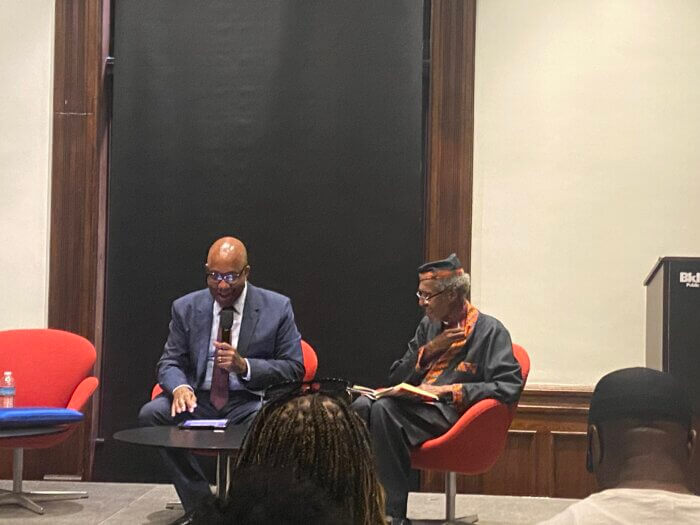
“Arthur Miller was the fuel that propelled the movement,” said Rev. Daughtry at the CBH event on Thursday. “He was killed on June 14, 1978 and by July we said ‘listen, we’ve got to organize’ and that’s when we created the Black United Front which became the National Black United Front, the most preeminent activist organization in the nation.”
While it was Miller’s death that sparked the creation of the Black United Front and other civil rights organizations, in his life he was an incredibly active participant in his community; uplifting Black youth in the neighborhood by helping them find jobs, joining a neighborhood watch group which used community resources to help curb crime and help potential offenders and employing young Black community members in his various businesses.
It was through this heavy involvement in the community that the CBH first became aware of Miller through their 2017 Voices of Crown Heights archive project.
“Dozens of people were interviewed remembering the history of Crown Heights, and in particular, many many people speak about Arthur Miller and remembering him as a man, as a leader and what happened and how people were outraged on how the community came together and yet, no one was held accountable and that history is now documented in our oral history collection,” said CBH Public Programs director Marcia Ely to Brooklyn Paper on Wednesday. “We are dedicated to continuing to speak out about Arthur Miller’s story and the history of this death by chokehold.”
Both the CBH and Miller family are dedicated to ensuring that Arthur Miller’s name does not fade from memory and that his legacy continues to be uplifted not just in Brooklyn, but across the country.
“Now that I’m older and I think back to that time, it was almost as if an energy was being passed to me or something,” Miller-Bradford said. “Like when they rolled that casket by and I touched it and told him I’m gonna make sure no one can forget him, it was like I did not know exactly what that meant or that entails, but I feel a sense of now that I’m older, I understand that at that point I felt a sense of responsibility for some reason that I needed to be the one to make sure that this happened and that everything he stood for and everything that he had done and all of his dreams and aspirations for the community – I needed to make sure that didn’t die and I needed to continue to fight for our people.”


